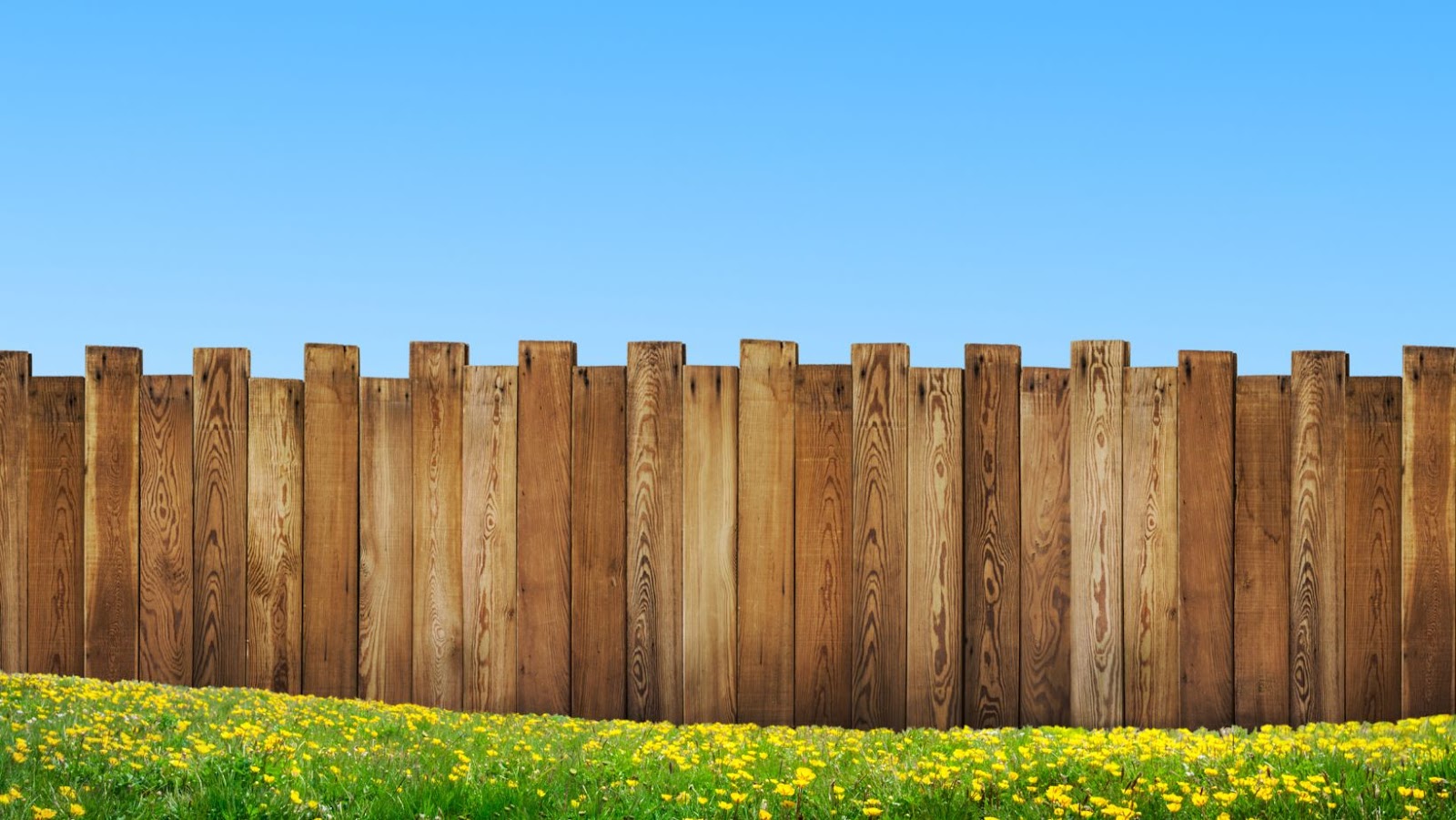Ultimate Guide: Create Backyard Privacy with Plants and Fences
How To Create Privacy In Backyard
Creating a private oasis in your own backyard isn’t just about planting a few shrubs or putting up a fence. It’s about carefully assessing your needs and setting a budget that allows for the creation of a space where you can relax and unwind without feeling like you’re on display. With the right strategies, you can transform your backyard into a secluded paradise. Let’s dive into how to make this a reality.
Assessing Your Needs
The first crucial step in how to create privacy in backyard is to evaluate what your specific needs are. Consider the following questions:
- How much area do you need to cover? Understanding the size of the space you wish to make private will help in planning.
- What level of privacy do you desire? Are you looking for complete seclusion or just want to block certain views?
- Do you prefer natural or artificial barriers? Each option has its own benefits and can affect the overall aesthetic of your backyard.
- How will the changes affect your backyard’s natural light and airflow? It’s essential to maintain a balance between privacy and preserving the backyard’s comfort.
Setting a Budget
Once you’ve assessed your needs, it’s time to look at your finances. Setting a budget for your privacy project is vital to ensure that you don’t overspend while achieving your desired level of seclusion. Here are some points to consider when budgeting:
- Materials cost: Whether you’re opting for plants, fences, or screens, know the cost per unit, and don’t forget about delivery charges if applicable.
- Installation expenses: Depending on your project, you might need professional help, which can significantly affect your budget.
- Maintenance costs: If you’re going for a natural barrier like hedges or trees, factor in the cost of regular trimming and care.
 Implementing Privacy Solutions
Implementing Privacy Solutions
Creating a secluded paradise in one’s backyard requires the implementation of strategic privacy solutions. It’s not enough to simply desire a private oasis; homeowners must take actionable steps to turn their dreams into reality.
Planting Trees and Shrubs
One of the most natural ways on how to create privacy in backyard is by planting trees and shrubs. Not only do they add aesthetic value to the landscape, but they also serve as a living barrier, shielding your outdoor space from prying eyes. Here are key considerations when utilizing vegetation for privacy:
- Selection of Plant Species: Opt for fast-growing species that are also dense in foliage. Some popular choices include bamboo, evergreens, or tall shrubs like arborvitae.
- Strategic Placement: To maximize privacy, trees and shrubs should be planted in locations where they’ll effectively block views from neighbors or street traffic. Consider the mature size of the plants to avoid future overcrowding.
- Maintenance: While living barriers offer a natural appeal, they require maintenance such as watering, pruning, and pest control to keep them healthy and effective as privacy screens.
Installing Fences or Walls
For those looking for immediate and more controlled privacy solutions, installing fences or walls is a viable option. These structures provide a physical barrier that not only enhances privacy but may also improve security. When selecting a fence or wall for your backyard, keep the following in mind:
- Materials: Fences and walls can be made from a variety of materials including wood, vinyl, stone, or metal. The choice often depends on the homeowner’s aesthetic preference, budget, and maintenance willingness.
| Material | Pros | Cons |
| Wood | Natural look, customizable | Requires regular maintenance |
| Vinyl | Low maintenance, durable | May look less natural |
| Stone | Durable, premium look | Higher cost, more labor-intensive |
| Metal | Durable, sleek design | Can be expensive, may rust over time |
Regulations: Before installation, it’s crucial to check local building codes and homeowners association guidelines to ensure compliance with height restrictions and boundary requirements.- Professional Installation vs. DIY: While some homeowners may opt for DIY installation to save costs, professional installation is recommended for those seeking high-quality and durable results, especially for more complex materials like stone or metal.
 Maintaining Your Backyard Privacy
Maintaining Your Backyard Privacy
how to create privacy in backyard is more than a one-time effort; it’s an ongoing journey. Whether you’ve opted for natural green barriers or constructed fences, regular maintenance ensures these solutions remain effective and beautiful. Remember, the key to sustaining your backyard’s seclusion lies in consistent care and occasional updates to adapt to changing needs. By doing so, you’ll enjoy a serene and secluded retreat that truly stands the test of time.